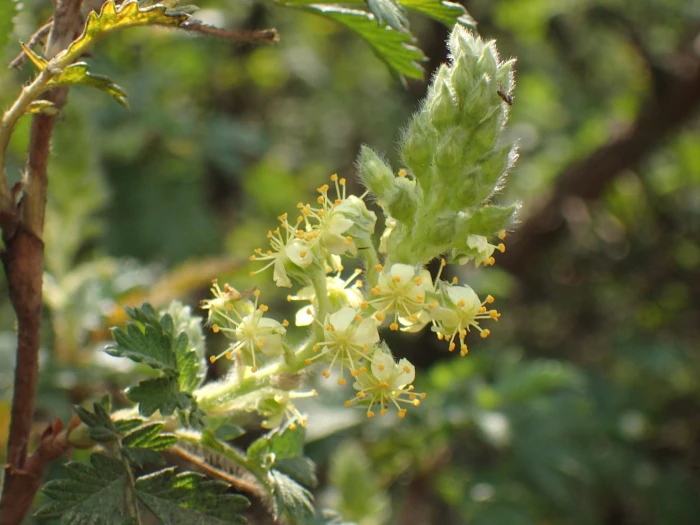Oldwood
(Leucosidea sericea)
Oldwood (Leucosidea sericea)
/
/

Mahomed Desai
CC BY 4.0
Image By:
Mahomed Desai
Recorded By:
Copyright:
CC BY 4.0
Copyright Notice:
Photo by: Mahomed Desai | License Type: CC BY 4.0 | License URL: http://creativecommons.org/licenses/by/4.0/ | Rights Holder: Mahomed Desai | Publisher: iNaturalist | Date Created: 2021-08-24T11:57:31-07:00 |






















Estimated Native Range
Climate Requirements for Pahrump, Nevada
| This Plant | Your Site | Plant Suitability for Your Location | ||
|---|---|---|---|---|
| • Precipitation | 13" - 61" | 5" | Your precipitation may be insufficient for this plant. Irrigate N" / year. | Irrigate N" / year |
| • High Temp. | 63°F - 91°F | 101°F | Your summers may be too hot for this plant. | Too hot |
| • Low Temp. | 24°F - 52°F | 28°F | Your winter temperatures are normal for this plant | Excellent |
This plant should grow well at your location with about N inches per year (Y minutes per month) of irrigation.
Summary
Leucosidea sericea, commonly known as Oldwood, is an evergreen tree or large shrub native to the montane forests, grasslands, and streambanks of the highland regions of southern Africa, including South Africa, Lesotho, Eswatini, and Zimbabwe. It typically grows up to 23 feet (7 meters) tall and 16 feet (5 meters) wide, featuring rough, reddish-brown bark and dark green, glossy leaves with deeply serrated margins. In early to mid-spring, Oldwood produces clusters of greenish-yellow, star-shaped flowers in dense spikes, which are followed by nut-like fruits that mature from December to January. The flowers are modest in appearance but contribute to the local ecosystem as a food source for insects.
Oldwood is valued for its hardy nature and adaptability to different soil types, making it suitable for reforestation projects and erosion control. It is also used for practical purposes such as fenceposts and fuel. In traditional medicine, various parts of the plant are used to treat ailments. This species prefers full sun to partial shade and requires moderate watering, with well-drained soil. It is relatively low-maintenance but can be susceptible to root rot in poorly drained conditions. Gardeners should be aware that Oldwood may spread if not managed properly, and its presence can be an indicator of overgrazing or poor veld management in its native habitat.CC BY-SA 4.0
Oldwood is valued for its hardy nature and adaptability to different soil types, making it suitable for reforestation projects and erosion control. It is also used for practical purposes such as fenceposts and fuel. In traditional medicine, various parts of the plant are used to treat ailments. This species prefers full sun to partial shade and requires moderate watering, with well-drained soil. It is relatively low-maintenance but can be susceptible to root rot in poorly drained conditions. Gardeners should be aware that Oldwood may spread if not managed properly, and its presence can be an indicator of overgrazing or poor veld management in its native habitat.CC BY-SA 4.0
Plant Description
- Plant Type: Shrub, Tree
- Height: 15-25 feet
- Width: 15-25 feet
- Growth Rate: Slow
- Flower Color: Green, Yellow
- Flowering Season: Summer, Fall
- Leaf Retention: Evergreen
Growth Requirements
- Sun: Full Sun, Part Shade
- Water: Medium
- Drainage: Medium
Common Uses
Bird Garden, Border Plant, Erosion Control, Low Maintenance
Natural Habitat
Montane forests, grasslands, and streambanks
Other Names
Common Names: Ouhout, Silky Bark, Troutwood, Ouhoutbos
Scientific Names: Leucosidea sericea, Leucosidea acaenoides, Nestlera acaenoides, Nestlera acaenoides
GBIF Accepted Name: Leucosidea sericea